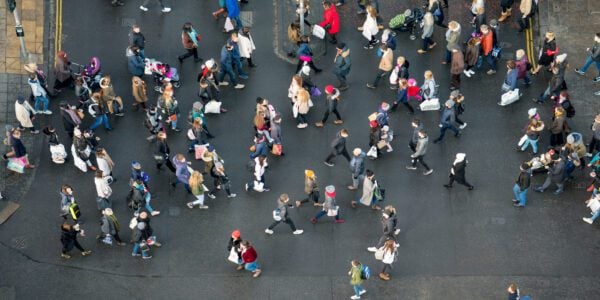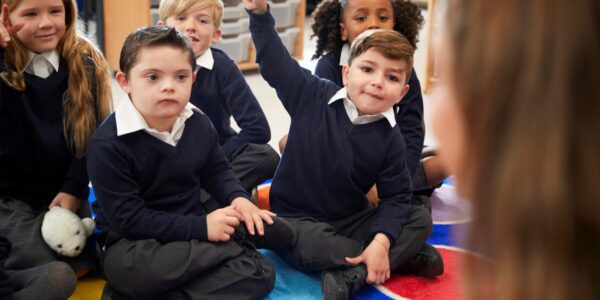
11/07/11
3 min read
A grant from the Nuffield Foundation was the starting point for a research study showing that giving hospitals greater autonomy may not lead to enhanced productivity and performance.
Academics at the Centre for Health Economics at the University of York concluded that though Foundation Trusts generally perform better against some key financial and non-financial indicators than non Foundation Trusts, the difference is not attributable to their Foundation Trust status. Instead, the differences are long-standing and existed prior to the reform.
Tracking performance over the last seven years, the results show that in recent years the performance of both groups of hospitals has tended to converge with any original differences diminishing as a result.
CHE Director Professor Maria Goddard said: “Our research basically shows that the policy of greater autonomy seems to have made no difference. Some hospitals were better than others to begin with and over time they have all converged and there is no longer any differential performance apparent.
“The governance arrangements for Foundation Trusts have not been a costless activity. Investment has been required to establish new regulatory structures in order to monitor them. These costs cannot necessarily be set against expectations of enhanced performance”.
Trusts remain government policy
Foundation Trusts were introduced in 2004 and remain a key component of the Coalition Government’s plans to ‘liberate the NHS’ from top-down control. The Government still expects that the majority of remaining hospitals will become Foundation Trusts – by 2014 – and that this policy will help to ‘secure the quality, innovation and productivity needed to improve outcomes’.
The CHE team compared the performance of hospitals that became Foundation Trusts with those that did not, using data spanning a seven year period, pre and post-reform. The analysis focused on some key measures of financial performance, clinical quality, patient safety as well as staff satisfaction.
Nuffield Foundation grant
An initial grant from the Nuffield Foundation funded a small part of the data collection exercise at the early stages of the project. The University of York’s research priming fund supported the majority of the data collection and the analysis.
The results may also have wider implications for the ‘Big Society’ which envisages the creation and expansion of co-operatives, mutuals and social enterprises, providing a larger role for these organisations and their employees in running public services and reducing intervention from central government.
Professor Goddard said: “The introduction of Foundation Trusts, although pre-dating the Big Society, had a similar aim, creating independent not-for-profit public benefit organisations which were allowed greater autonomy from the centre and involved NHS staff and local citizens a role in governance.
“Reducing the role of state involvement in public sector services is part of a broader strategy and may well bring wider benefits to communities, but it is not a costless activity. The governance arrangements for Foundation Trusts have not been trivial and investment has been required to establish new regulatory structures in order to monitor them.
“The experience in the health sector suggests that such costs cannot necessarily be set against expectations of enhanced performance. This may have implications for similar initiatives in the public sector which involve changing the governance and regulatory structure of organisations in order to impact on performance.”
Notes to editors
- Rossella Verzulli, Rowena Jacobs and Maria Goddard. Do hospitals respond to greater autonomy? Evidence from the English NHS. CHE Research Paper 64, York: University of York, 2011 is available at www.york.ac.uk/che/publications/in-house.
- The Centre for Health Economics (CHE) is a research department at the University of York. The Centre’s aim is to undertake high quality research that is capable of influencing health policy decisions. The Centre is one of the largest health economics research units in the world.




















































